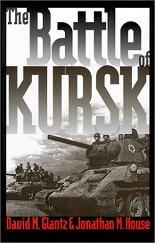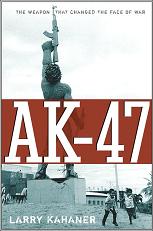
Omaha Beach: a Flawed Victory
Adrian R. Lewis
381 pages including index and notes
published in 2001
Omaha Beach: A Flawed Victory was not quite the book I expected it to be or wanted to read. What I thought I was getting out of the library was a book describing the landings itself, looking in detail at how the battle for Omaha Beach evolved, similar to a book on Kursk I got at the same time. What I got instead was an analysis of the strategic choices made for the landings and how that led to near-disaster at Omaha. The actual battle is dealt with in the first chapter, the rest of the book deals with the reasons why the battle happened as it did.
Any disappointment I felt was shortlived. The book I got was easily as interesting as the book I wanted to get. What it managed to do was to make me question the “official” reasons why the Americans at Omaha Beach did so much worse than their colleagues at Utah or the British/Commonwealth forces at their landings. What I’ve always read was that the American commanders at Omaha had both underestimated the German resistance and the German fortification and had rejected the use of all the various special enginering tanks the British had developed to tackle these fortifications, the socalled “Hobart’s Funnies“. What Adrian R. Lewis argues instead was that the real problem was that the Normandy Landings were planned according to the wrong doctrine, that the experience build up in earlier landings in the Pacific and the Mediterranean was ignored in favour of finding new solutions to the same problems because the commanders in charge of Operation Overlord overestimated the uniqueness of the operation.



